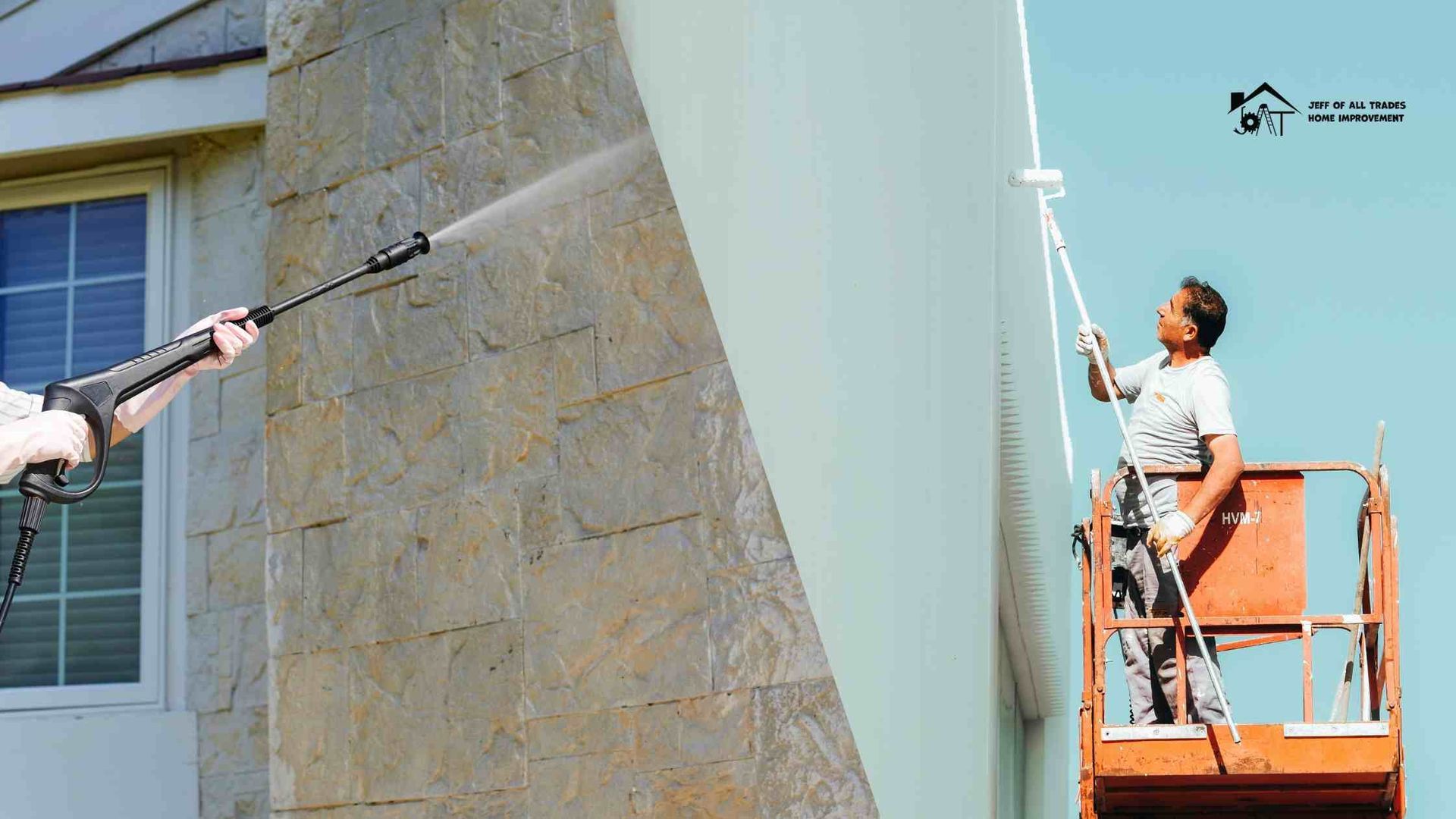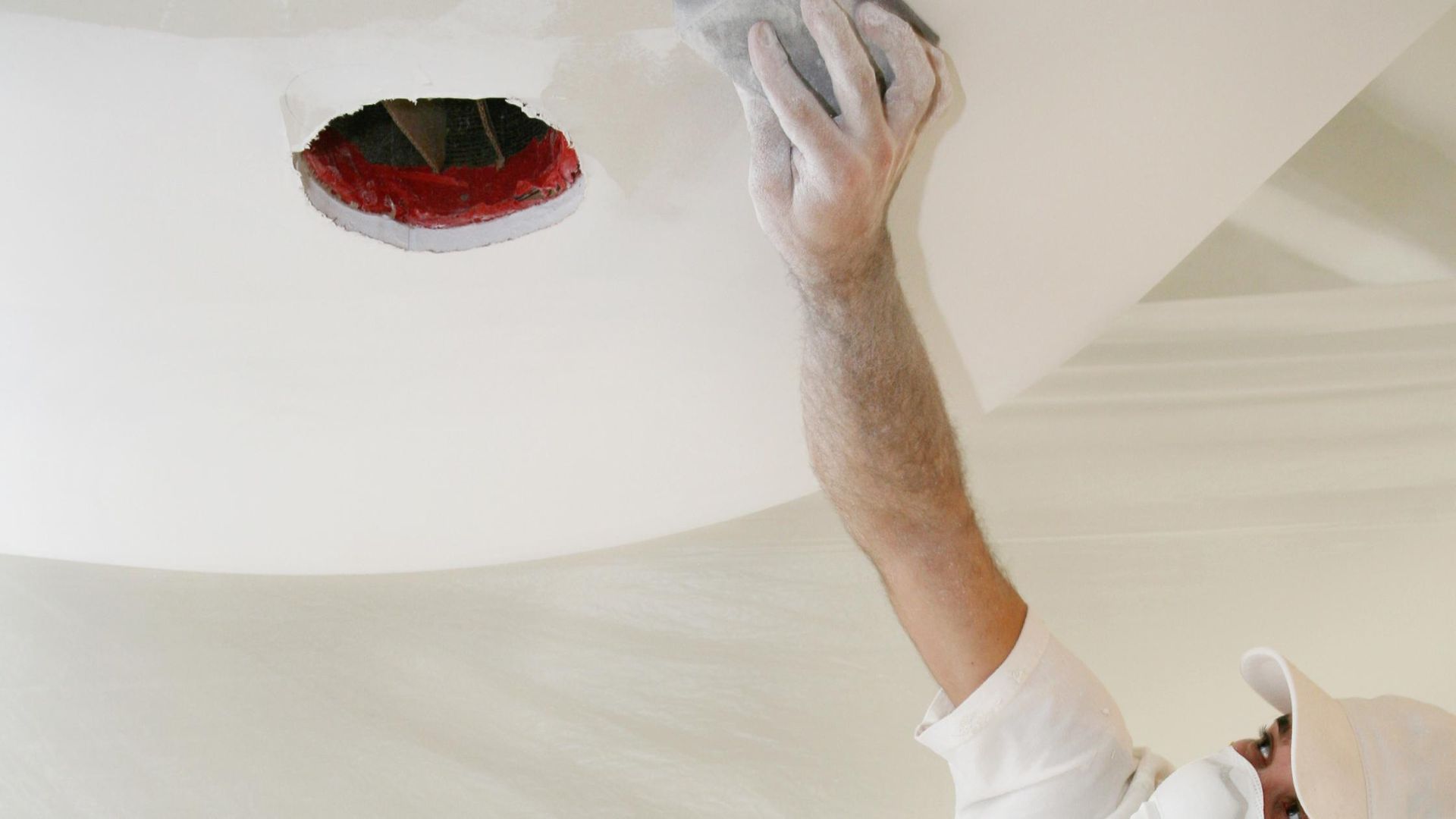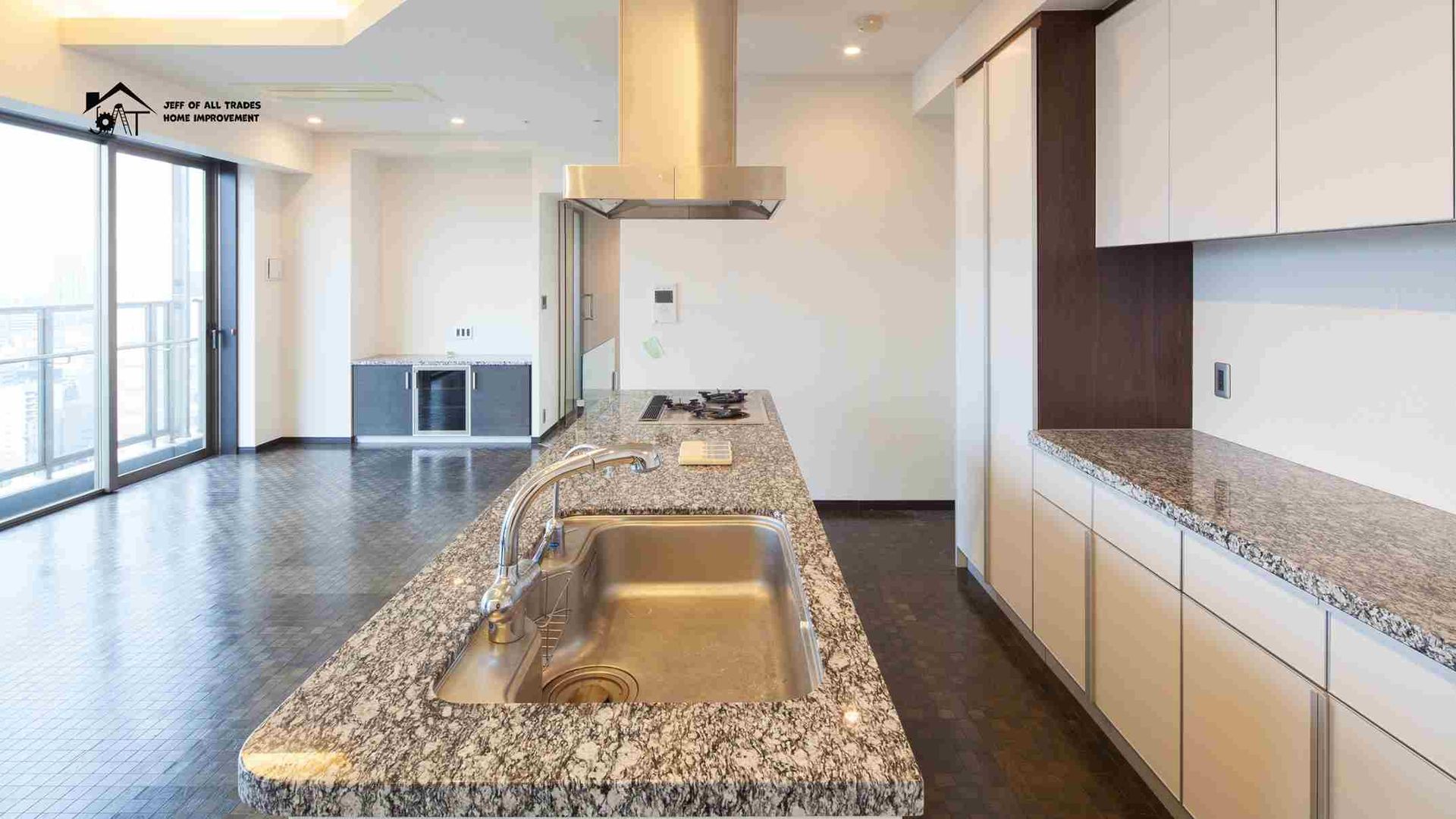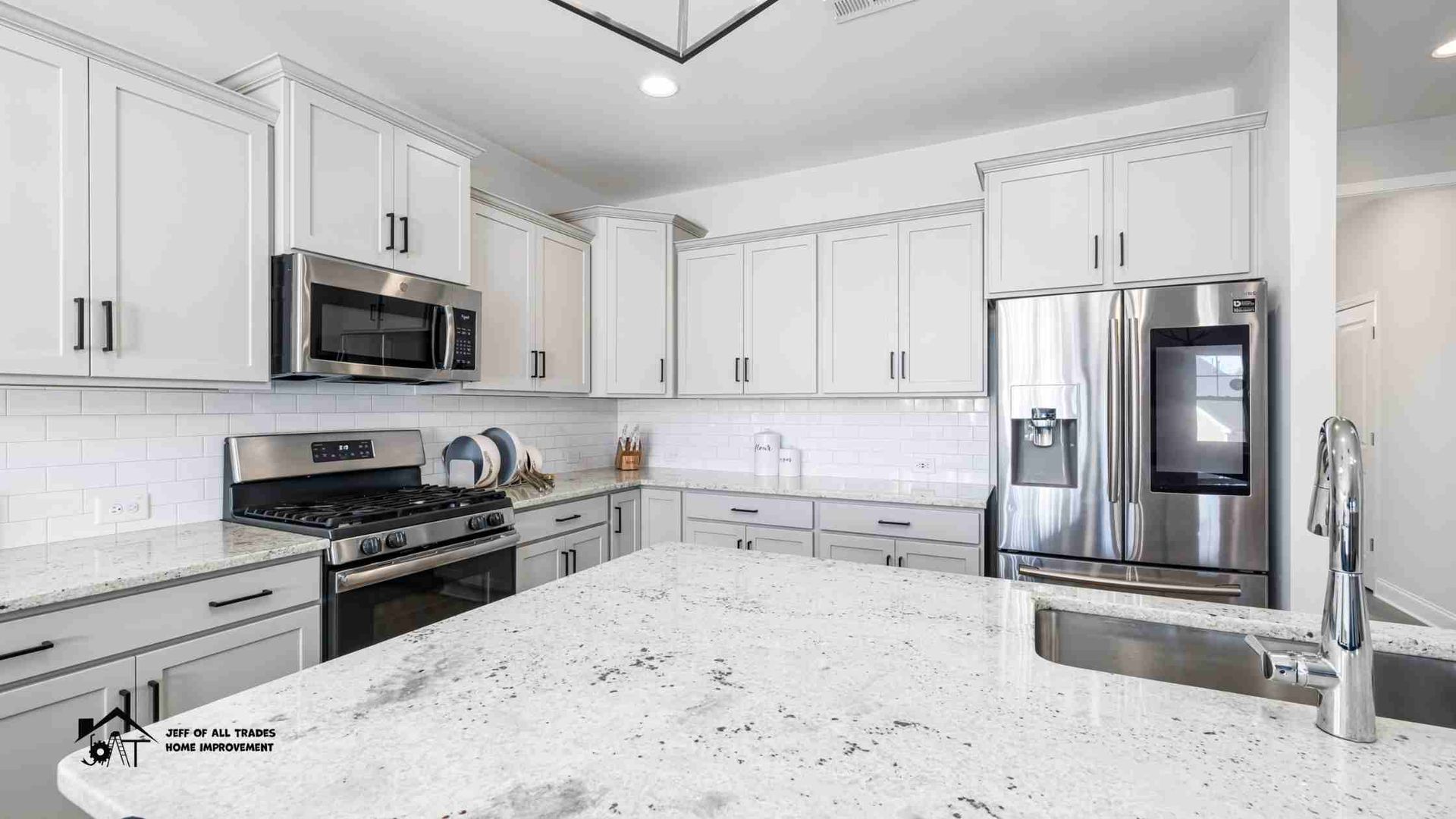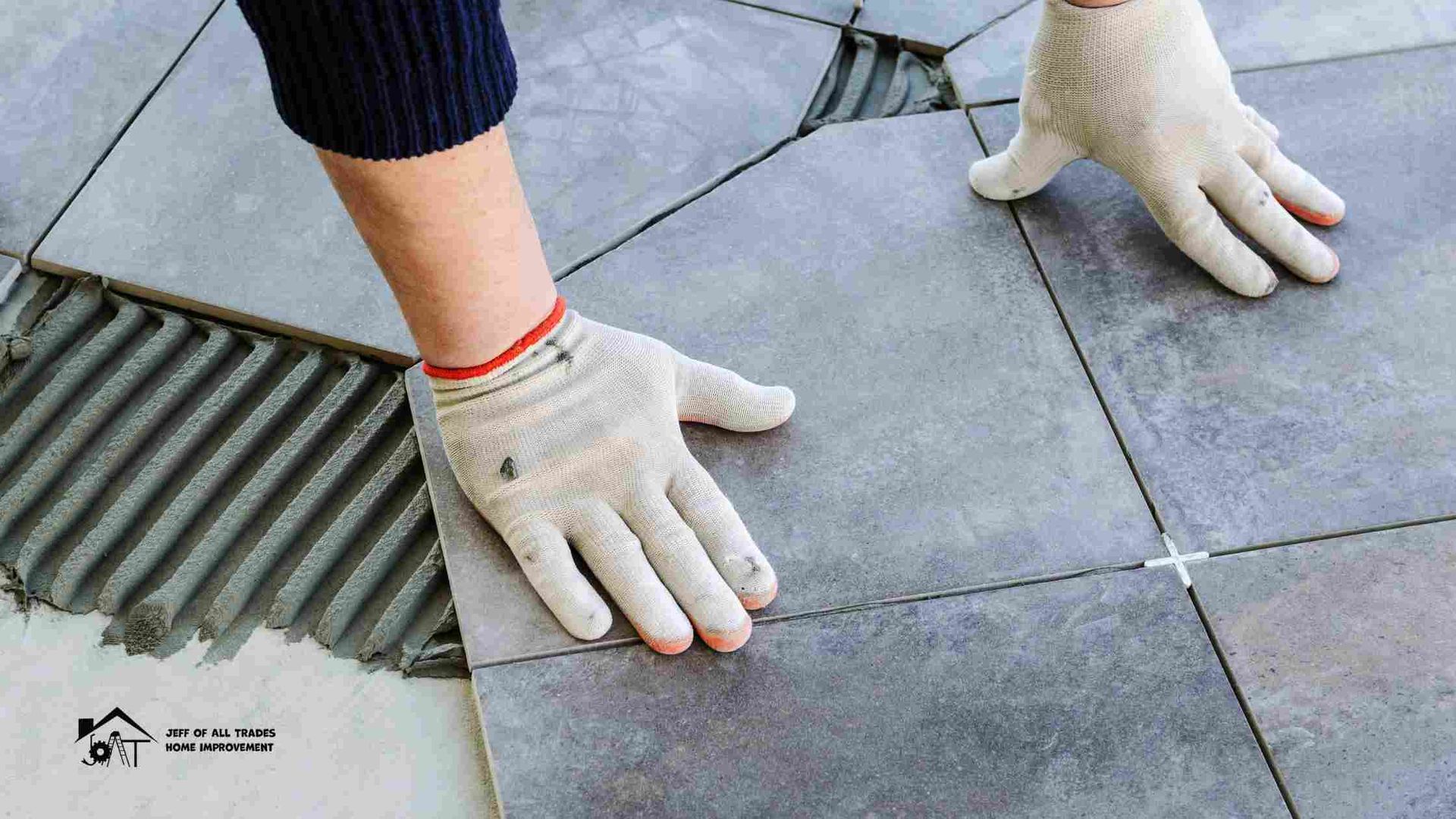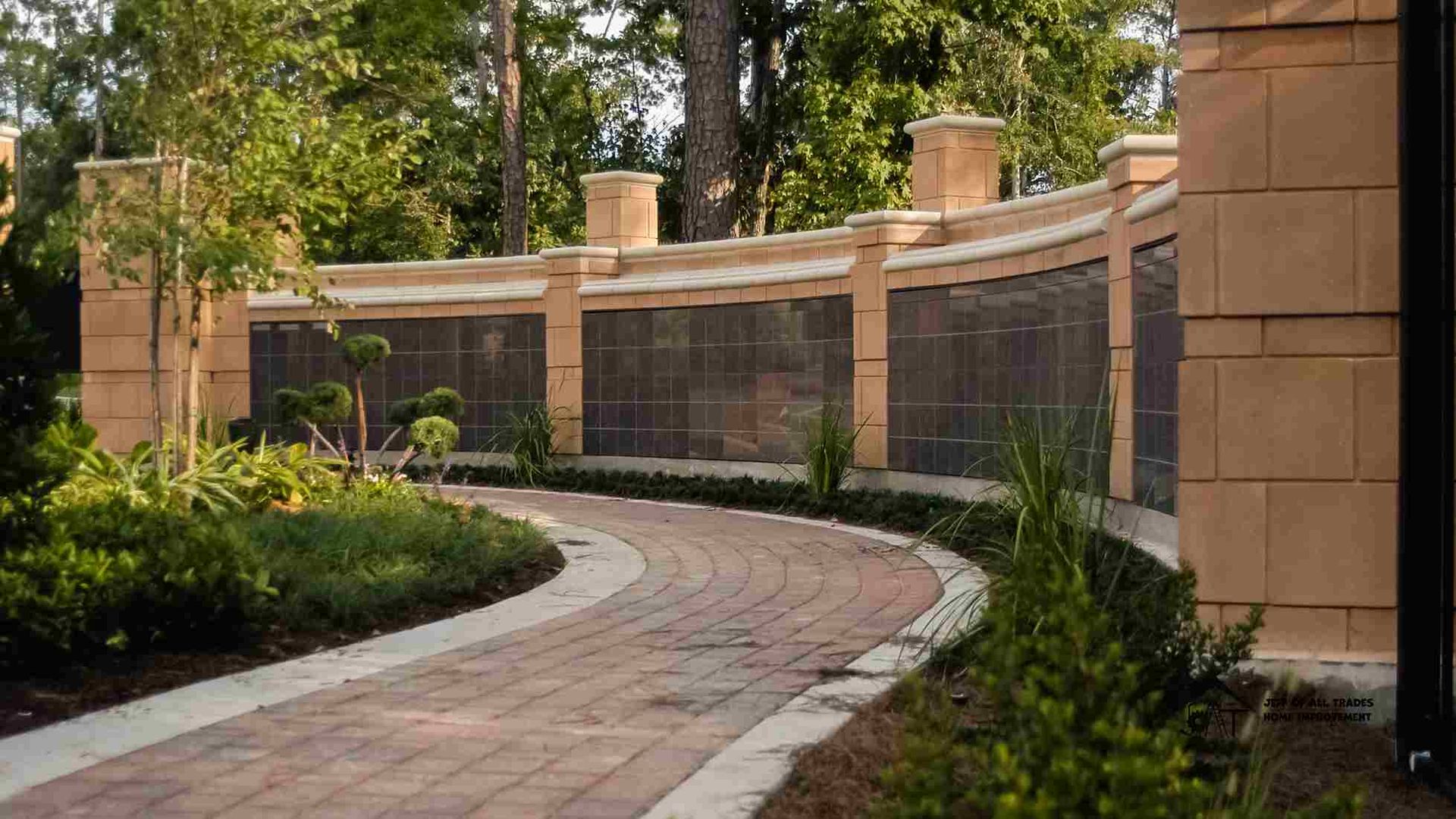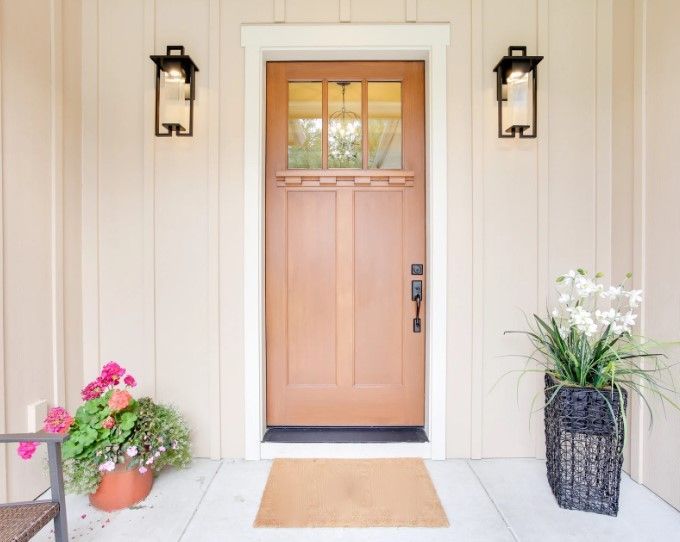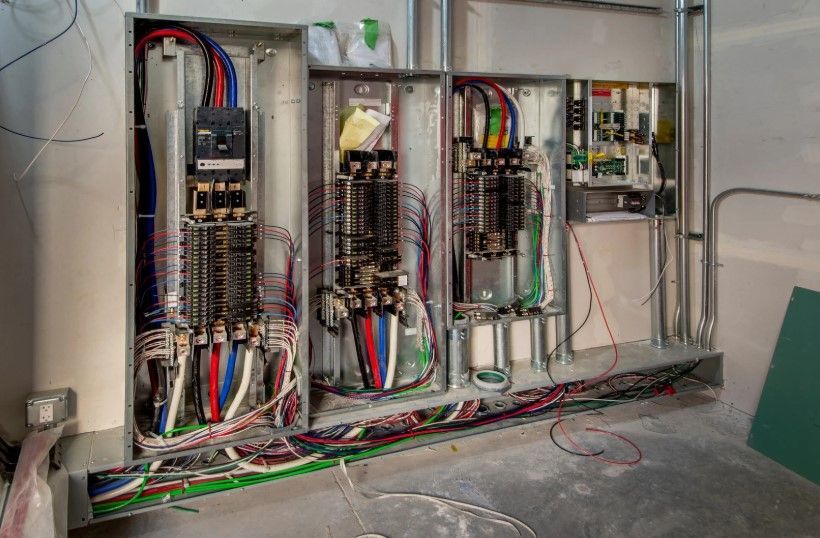Carbon Monoxide Prevention: Common Sources and Safety Measures
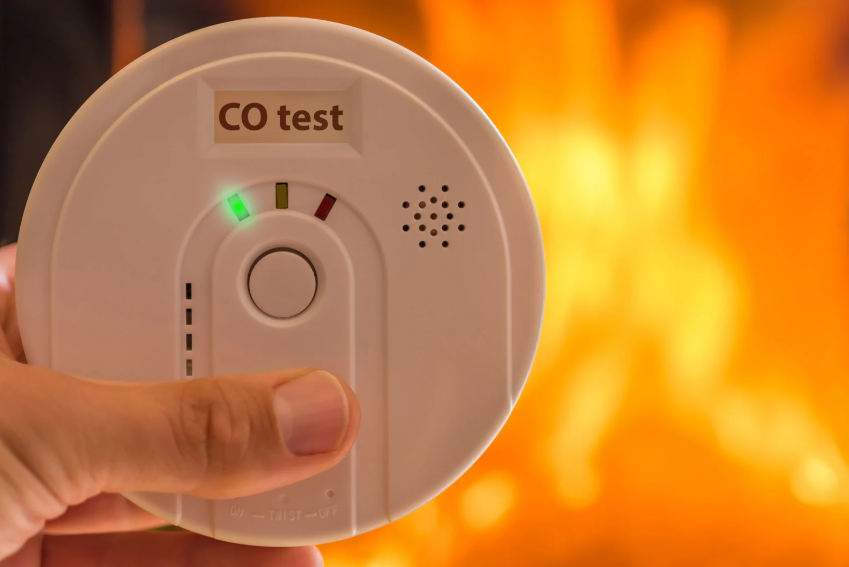
Carbon monoxide (CO) is a colorless, odorless, potentially deadly gas that can accumulate in homes without warning. Because it is impossible to detect without proper equipment, understanding its sources and prevention measures is crucial for ensuring the safety of your household. This article explores carbon monoxide prevention, the common sources in the home, and essential safety measures, including Carbon Monoxide detector installation services.
What is Carbon Monoxide, and Why is it Dangerous?
Carbon monoxide is produced when fuels such as gas, wood, coal, oil, and propane do not burn completely. Inhaling CO can be fatal, as it replaces oxygen in the bloodstream, leading to suffocation and poisoning. Symptoms of CO poisoning include headaches, dizziness, confusion, nausea, and, in severe cases, loss of consciousness and death.
Common Sources of Carbon Monoxide in Home
Many household appliances and systems can emit carbon monoxide if improperly maintained. Here are the common sources of carbon monoxide in the home:
-
Gas Furnaces – Malfunctioning or poorly ventilated furnaces can release CO into your home.
-
Water Heaters – If powered by gas, water heaters must be appropriately vented to prevent CO buildup.
-
Fireplaces and Wood Stoves – Incomplete wood combustion can release CO into your living space.
-
Gas Stoves and Ovens – Poor ventilation while cooking with gas appliances can lead to CO accumulation.
-
Clothes Dryers – Gas-powered dryers need proper venting to prevent carbon monoxide leaks.
-
Automobile Exhaust – Running a car in a closed garage can cause CO levels to rise dangerously.
-
Portable Generators – Using a generator indoors or too close to the house can lead to carbon monoxide poisoning.
-
Blocked Chimneys and Vents – Obstructions can cause CO to return to the home instead of venting outdoors.
Essential Carbon Monoxide Prevention Tips
Since CO poisoning can be fatal, taking preventive measures is vital. Here are some essential tips to protect your home:
1. Install Carbon Monoxide Detectors
One of the most effective ways to prevent CO poisoning is to install carbon monoxide detectors. These devices alert you when CO levels become hazardous, providing time to take action. Consider professional Carbon Monoxide Detector installation services to ensure proper placement and functionality.
2. Maintain Your Appliances
- Schedule annual inspections of gas-powered appliances, including furnaces, water heaters, and stoves.
- Ensure that all appliances are vented correctly and free of leaks or damage.
- Never use gas-powered stoves or ovens to heat your home.
3. Ensure Proper Ventilation
- Keep chimneys and vents clear of debris and blockages.
- Do not block air vents with furniture or household items.
- Use exhaust fans in kitchens and bathrooms to promote airflow.
4. Be Cautious with Generators and Vehicles
- Never run a car inside an enclosed garage, even with open doors.
- Place portable generators at least 20 feet away from the home.
- Never use charcoal grills or camp stoves indoors.
5. Know the Signs of CO Poisoning
If you or your family experience dizziness, nausea, or confusion, leave the home immediately and seek fresh air. Call emergency services if carbon monoxide poisoning is suspected.
Why Choose Jeff Home Improvement for Carbon Monoxide Safety?
Jeff Home Improvement prioritizes your home’s safety by offering expert Carbon Monoxide detector installation services . Our team ensures that your detectors are correctly placed, functional, and up to code, giving you peace of mind.
Final Thoughts
Carbon monoxide is a silent threat, but you can protect your family with proper awareness and preventive measures. Understanding carbon monoxide prevention and investing in professional detector installation creates a safer home environment. For expert assistance, trust Jeff Home Improvement to keep your home safe and secure.



